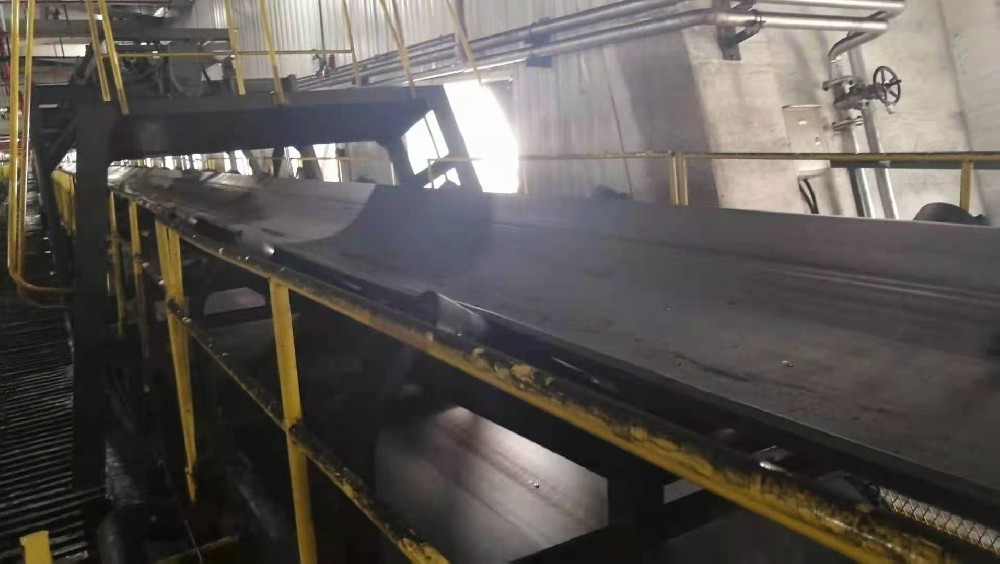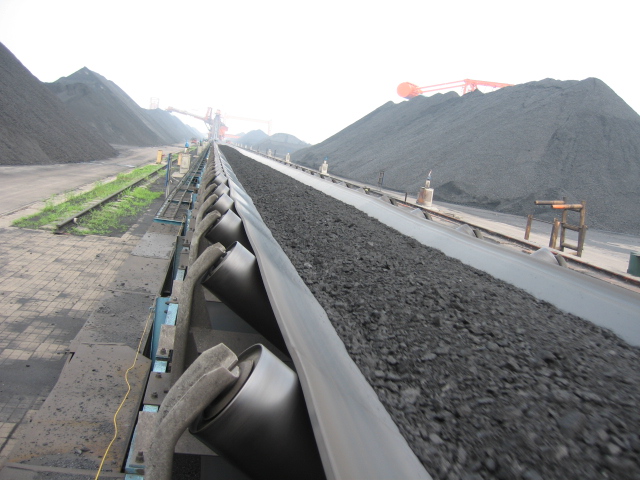Installation and debugging of conveyor belt
For the conveyor belt, users pay attention to the configuration of the conveyor and maintain good operation specifications will greatly extend the service life of the conveyor belt, so as to maximize the working efficiency of the conveyor belt.
1. Installation and debugging of conveyor belt
Installation and debugging basis
should comply with the "continuous conveying equipment installation engineering construction and acceptance standard" (GB50270-98);
should comply with the mechanical equipment installation construction and acceptance standard "(GB50231-98);
should comply with the technical conditions of the belt conveyor (GB10595-89);
First of all, when installing the new conveyor belt or maintaining the old conveyor belt, the most important thing is to ensure that the conveyor belt is running straight and straight. In order to make the conveyor belt run straight, it must have good fluting property when no load is carried, so as to ensure that the conveyor belt is in close contact with the horizontal idler. Furthermore, all rollers and rollers of a positive running conveyor must be perpendicular to the center line of the conveyor.
For the conveyor with short haul, a tensioned steel wire center line can be used as a benchmark to make the roller and idler at right angles to it. For long distance conveyor, a tensioned steel wire connecting each reference point can be used for installation.
A new conveyor should be properly loaded once the conveyor belt is installed, but in the trial operation, there are reasonable debugging procedures. Especially for the fabric core skeleton conveyor belt, the conveyor belt first load operation, then stop and rest overnight, then load operation. This process will speed up the commissioning time, in this process, the transverse uneven stress on the conveyor belt becomes stable due to the formation of grooves, which can avoid a long period of no-load operation during commissioning.
The picture
1.1 Normal operation
1.1.1 the tail roll
When commissioning a new conveyor, first consider the end of the conveyor belt, the tail roller within the middle range. All the roller with the centerline of the conveyor installation at right angles, but when the conveyor belt running back and forth into the buffer roller fine-tuning will benefit debugging, if there is a buffer roller in the tail, to its fine-tuning will help guide the conveyer belt in central tail roller, if really have the tail roll slightly off center, conveyor belt to move it first contact roller side. For a conveyor with a long haul distance, there must be one person at the head and tail roller when the conveyor belt runs for the first time.
If gravity tensioning device is used, ensure that the sliding device is in the correct position and that the frame is in normal condition. If the conveyor belt deviates from the tensioning roller, the conveyor belt will wedge between the roller and the bracket, resulting in conveyor belt damage.
1.1.2 return surface
The next consideration is the return surface, if the conveyor belt deviates on the return surface, it will cause side damage.
1.1.2.1 Installation of return face idler
The return face idler must also be perpendicular to the center line of the conveyor. If the conveyor belt does not run properly, the idler can be fine-tuned. If the support of the idler is bolted to the bottom groove near the midpoint, it will be very convenient to adjust the idler position and the idler can be moved in any direction.
At the initial installation of the idler, bolts should not be tightened too tightly, bolts should be tightened just enough to keep the idler running on the conveyor belt. Thus, the position of the idler while the conveyor is in operation can be adjusted by hammer before final tightening.
If the walking side cannot adjust the idler adequately and the bolt is near the midpoint of the groove, the idler can be adjusted from the other side.
1.1.2.2 Adjustment of return face idler
The best position to begin adjusting the return face is the head of the conveyor, starting with the low-tension part of the conveyor belt, usually behind the tensioning device. If the belt runs sideways to one side of the return idlers, the edge of the belt in this range will wear out, and these idlers need to be adjusted so that the belt is on the center line. Normally, the idler that should be adjusted is 1.5~6 meters in advance of the offset point of the conveyor belt, and the conveyor belt will move to the side of the idler in first contact. Very small adjustments to some sets of idlers may be sufficient, preferably with only large adjustments to one or two sets of idlers.
However, the effect of idler adjustment does not occur immediately. After each adjustment, it needs to wait a few minutes for further adjustment. The best time to adjust idler is when the conveyor belt is running. However, for a conveyor with a single walking side, if all the adjustments cannot be operated from the walking side, it is quite dangerous to extend the hand to the other side when the conveyor belt is running. If the clothes touch the conveyor belt near the idler point, the arm may be easily taken in.
Therefore, special attention should be paid to the safe operation of idlers when the conveyor belt is in operation.
1.1.3 bearing surfaces
1.1.3.1 Installation of bearing surface idlers
For maximum adjustment, it is also the first place to install the grooved idler, whose bolts are close to the center point of the base groove. If the conveyor belt is well-grooved under no load, and the bearing roller is on the center line, it will be very difficult to adjust the conveyor belt.
1.1.3.2 Adjustment of bearing surface idler
The adjustment required for the bearing surface idler begins with the tail roller. If necessary, the Angle between the idler and the center line can be slightly adjusted by tapping the base with a hammer. As described for the return surface idler, the conveyor belt will first move to the side that touches the idler.
1.2 Operation under special conditions
In general, attention will be given to:
1.2.1 The conveyor belt bends after the loading point
In case there is a longer slack surface behind the loading point, the addition of a grooved supporting roller will help the conveyor to close.
1.2.2 Load off-center
If the loading is off-center, part of the carrying surface of the conveyor belt is likely to run off-center. The best way to correct it is to improve the loading condition. Automatic adjusting idlers will also help to adjust the conveyor belt back to the center line.
1.2.3 Conveyor belt or conveyor
1.2.3.1 If the same part of the conveyor belt always deviated, no matter the cause is the curved conveyor belt on the conveyor or the defective joints, the most ideal way to correct the fault is to add a certain length of new conveyor belt or remake the joints.
A conveyor belt may run well for a period of time before running off-track occurs. It may be due to the thin and elongated edge of the conveyor belt, or the exposed edge shrinkage caused by water infiltration of the conveyor belt. The only way to correct this is to add a new section of the conveyor belt and make joints.
1.2.3.2 If the conveyor consistently climbs up the same side of the same idler, the reason is that the idler is not in a straight line. This problem is common in mines that are "squeezed" by the "rising" ground or shaft wall. It is very easy to be out of line if the conveyor is mounted on a concave ground or on a poor foundation or if the support is not hard enough. The non-linear installation of the conveyor will not cause the belt to bend at that point, and the adjustment bracket or idler at that point will not have any effect on the belt, but should be at a point 3~4m away from the direction of the belt.
1.2.3.3 Sometimes a conveyor belt runs very well on a device, but it may break down when replaced on a new device, and a new device may not be out of line. Therefore, mechanical guidance is necessary, and the conveyor belt on the new device may also get better slowly by running.
1.2.3.4 Longer center idlers are helpful for belt commissioning, and more conveyor belts can touch the middle idlers. On the return idler, however, the accumulation of wet clay may produce forces that deflect the belt from the center line and then deflect the belt.
1.2.3.5 if conveyor all parts are arranged in a straight line, still can't run in the center of the head and tail roller conveyor belt, there are two automatic adjusting roller can be useful, led to the head and tail roller conveyor belt running straight automatic adjusting roller is the most effective position, a roller from 6 to 15 meters, depending on the width of the conveyor belt, and the other is the same distance behind the first roller, for a wide, heavy of conveyor belt, longer distance will be beneficial to the effect of automatic adjusting roller will locate near the roller conveyor belt junction.
1. Discharger
A special case should be mentioned, in which the commissioning of the conveyor belt would be very difficult. All the high strength fabric conveyor belts with narrow width and the steel wire rope core conveyor belts with narrow width have the trend of transverse tension under the condition of high tension, which leads to the no-load conveyor belt is difficult to groove and brings difficulties to debugging. Due to the
Therefore, some conveyors on the ground are equipped with unloaders for this problem.
Here are a few suggestions:
1.2.4.1 The best measure is to replace and use a very elastic conveyor belt, which is well grooved and debugged under the condition of no load or high tension.
1.2.4.2 Fully align the wheel, bracket and roller of the unloader. The lower bending roller causes the no-load conveyor belt to leave the unloader to a minimum, so that the no-load conveyor belt at high tension moves away from the unloader near the level of the grooved idlers.
1.2.4.3 Another suggestion is to lay a radian on the upper part of the unloader travel conveyor, thus causing the unloader to go down to a certain place of the grooved idler under high tension.
1.2.4.4 Some improvements on commissioning of no-load conveyor belt under high tension. This can be achieved by adding some horizontal rollers in the middle of the grooved roller, which should be placed about 50mm above the middle roller of the normal roller, or raised until they come into contact with the no-load conveyor belt. But the unloader must be kept clean.
1.2.4.5 It is helpful to replace the staggered type idlers with slotted rollers, which has the effect of increasing the spacing between idlers, so that the conveyor belt will sag and contact the point of the remaining part of the horizontal idlers, which is conducive to the conveyor belt running along a straight line.











